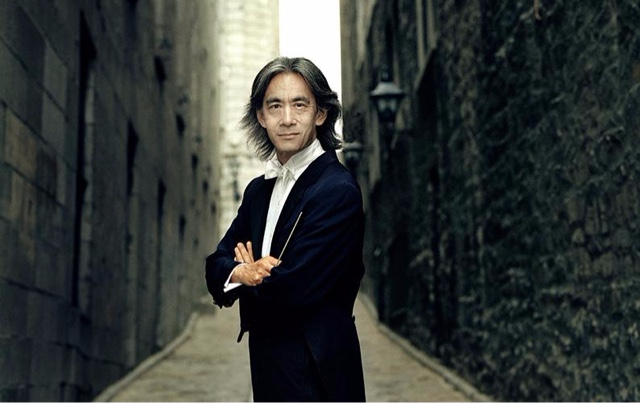L’Orchestre Symphonique at Carnegie
The Idea of North
By: Paul J. Pelkonen - Oct 21, 2017
L’Orchestre symphonique de Montréal (for the rest of this review, referred to as the Montreal Symphony Orchestra) is one of the finest symphonic ensembles in North America. They are a stellar symphonic ensemble with a long history and a sound all their own, combining precise European string playing with the lusty, leather-lunged brass one associated with this continent. However, they have been relatively infrequent visitors to the Carnegie stage in the last decade, and only recently have New Yorkers been able to hear this superb orchestra enjoyed by our neighbors to the North.
On Wednesday night, the Montrealers returned to the stage of Carnegie Hall under music director Kent Nagano for a balanced program featuring concertos by Brahms and Bartók. These works were preceded by the New York New York premiere of A Globe Itself Unfolding by Samy Moussa. This recent work is a single movement for organ and orchestra, and featured the orchestras resident organist Jean-Willy Kunz playing the solo part.
This work started with a mass of primal orchestral sound, in a deep and sonorous register supplanted by the low pedals of the organ, the soloist sat at the back of the stage at his console, his sound amplified electronically as Carnegie Hall (unfortunately) still lacks a pipe organ. The upper voices of the organ penetrated the cloud, offering beams of illumination aged lifting the gloom. As the work swelled and surged, the other orchestral instruments joined toe organ in its wordless song, the whole rising to a grand climax before descending into the nether regions once more.
The next work on the program was the Concerto for Orchestra by Bartók, written as the composer battled leukemia on a six week retreat in upstate New York. It is in five movements and features every instrument on the stage in some capacity reductions anther, from the versatile strings to the brassy roar of the gong. Though a masterpiece in areas of structure and melodic content, this piece is also leavened with a sharp dose of Hungarian humor and is all the better for that.
The Montrealers displayed their good qualities throughout the complex first movement, where three thematic ideas argue amongst themselves and eventually struggle for dominance. Other second movement ( “Game of Pairs) pits duos of instruments against the whole fabric of the orchestra, the thematic ideas tossing back and forth like beach balls. In the third a slow and moving elegy, the strings stepped to the fore, delivering wispy fragments of thematic ideas from the first two movements, reshaped and reassembled to form a slow and moving ode.
The fourth movement is the one with the gong solo and perhaps the work’s most famous section. In it, two thematic ideas are rudely interrupted by a third,a bleating March excerpted from the long first movement of the Shostakovich Symphony No. 7. This annoying but of humor is quashed by the entry of the Gong, which effectively bonks the little March over the head, making way for more poetic utterances by the strings and oboe. The finale, with its brilliant writing for strings and brass brought the whole orchestra into a vast and triumphal shout, expertly cued and managed by Nagano. This is difficult stuff but this orchestra made it look and sound effortless in the best possible way.
The second half featured the evenings other soloist: Maxim Vengerov of playing the Brahms Violin Concerto. After a stirring first movement it featured a double-length cadenza in which the violinist teetered and tottered in a single line over a silent orchestra) things fell to pieces in the finale. Indeed, this famous all-out Rondo had Vengerov at odds with his instrument, playing lyric rises in an abrupt and choppy manner and pausing to glare at his Stradivarius during the orchestral passages. However master and violin appear to have mended things for a charming performance of the Meditation from Jules Massenet's opera Thaïs. (Reprinted courtesy of Superconductor).

